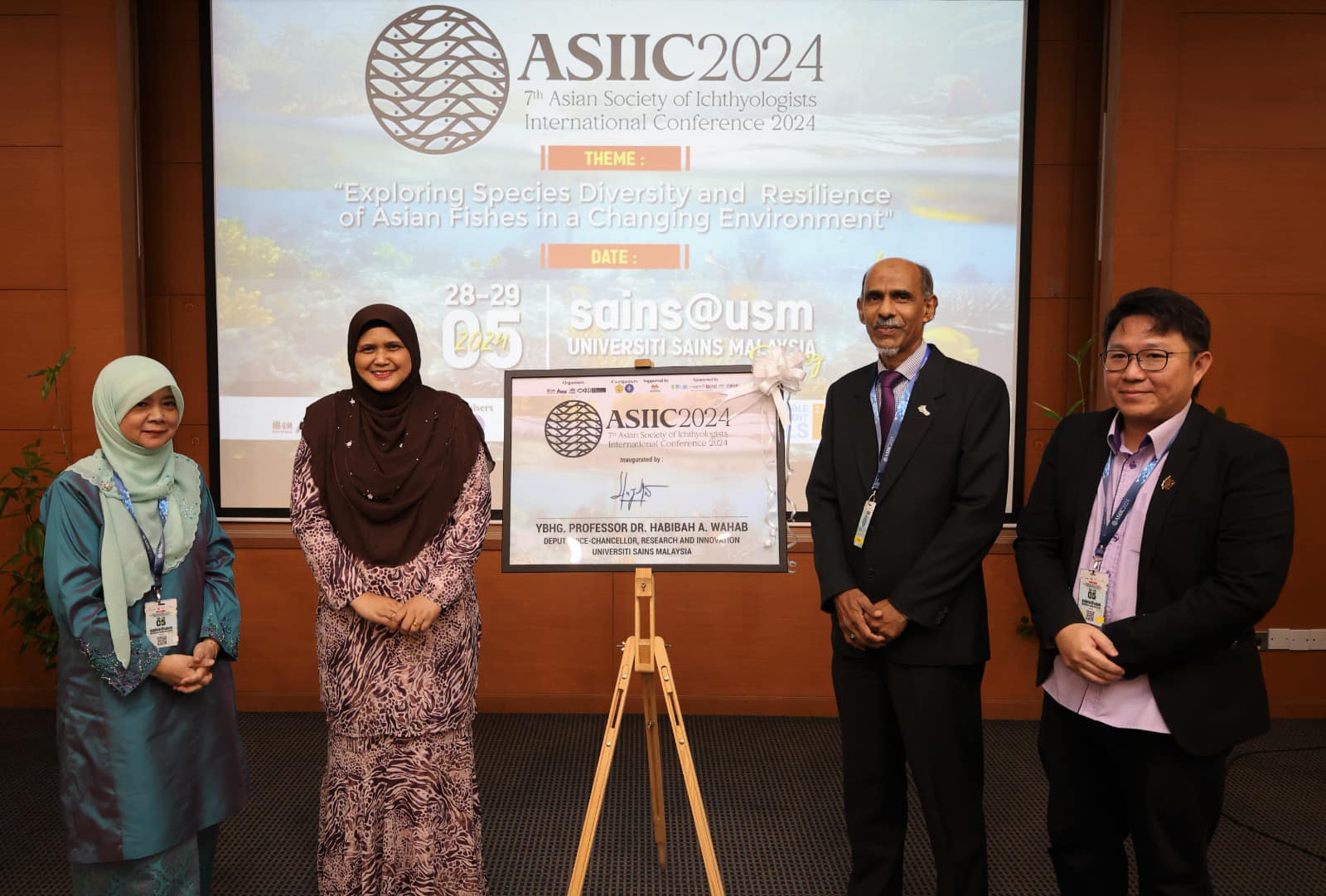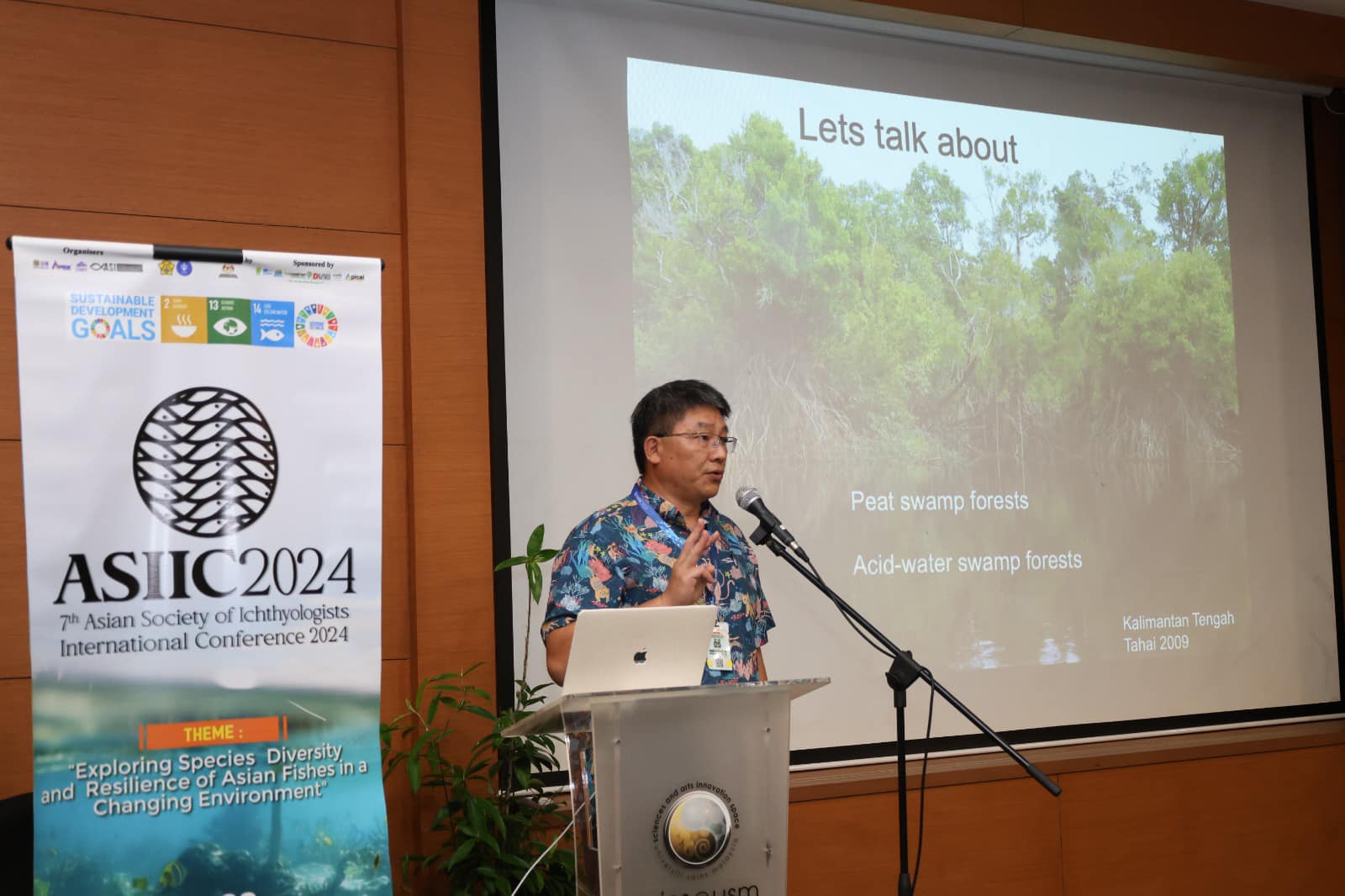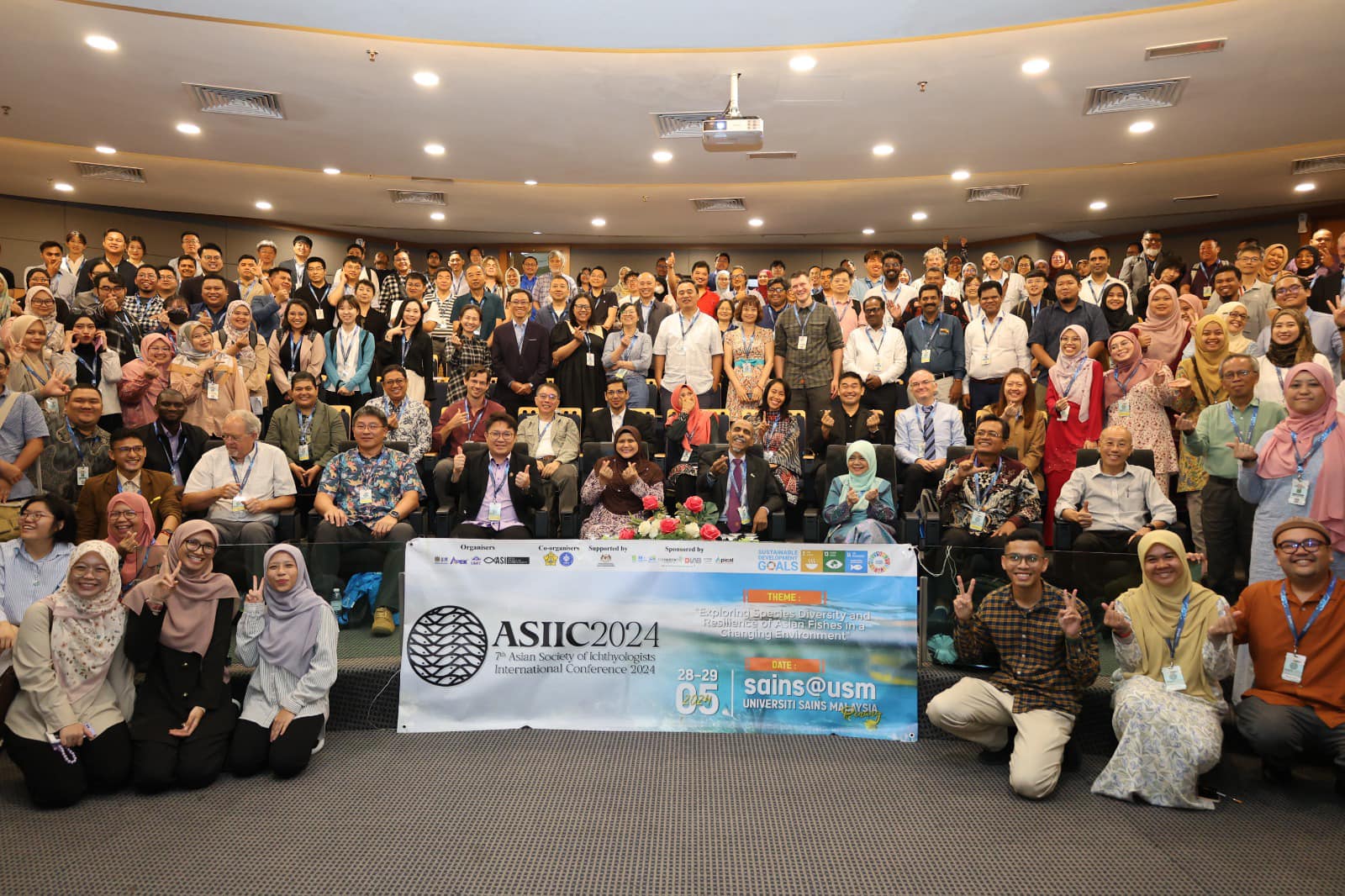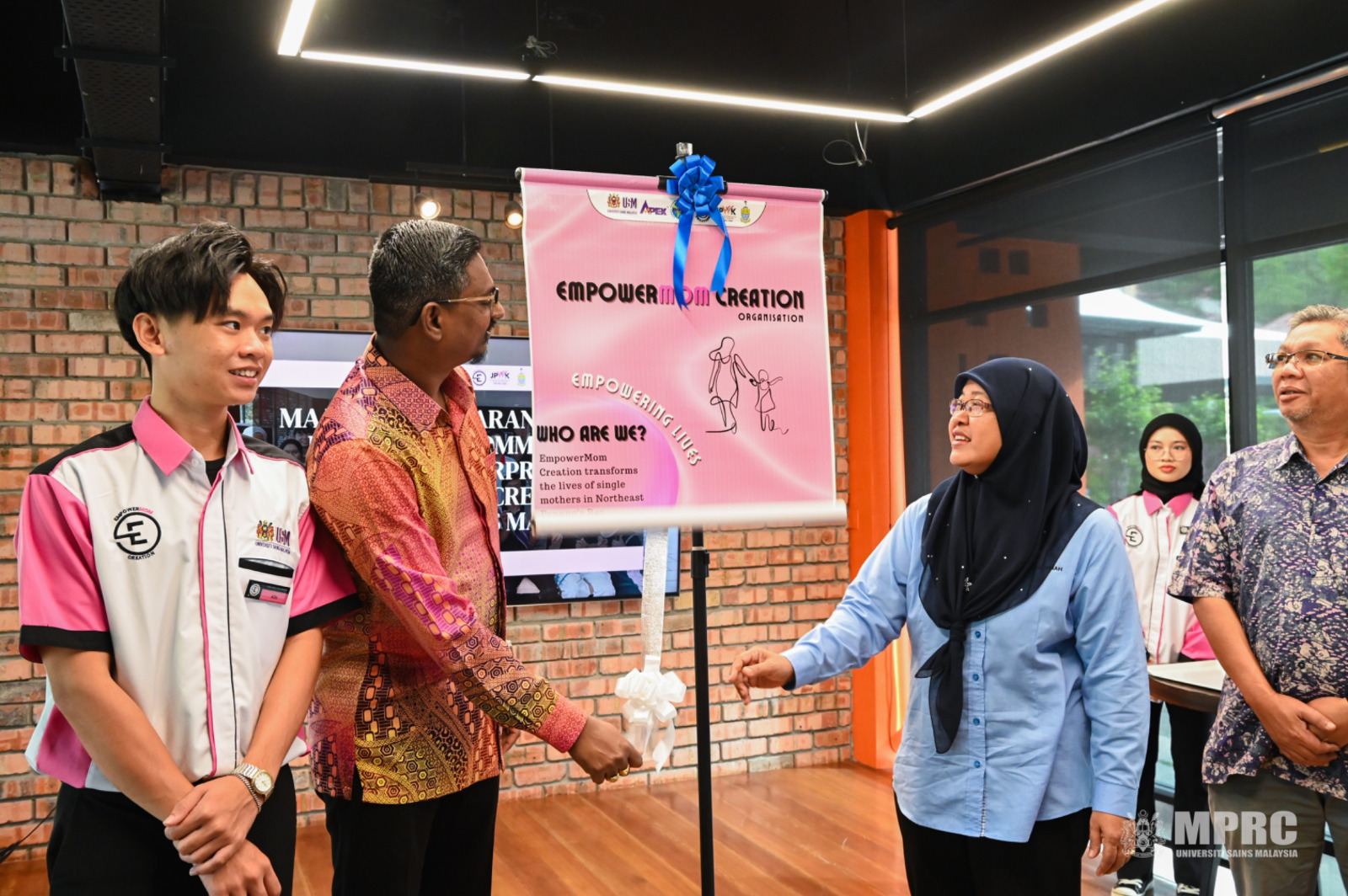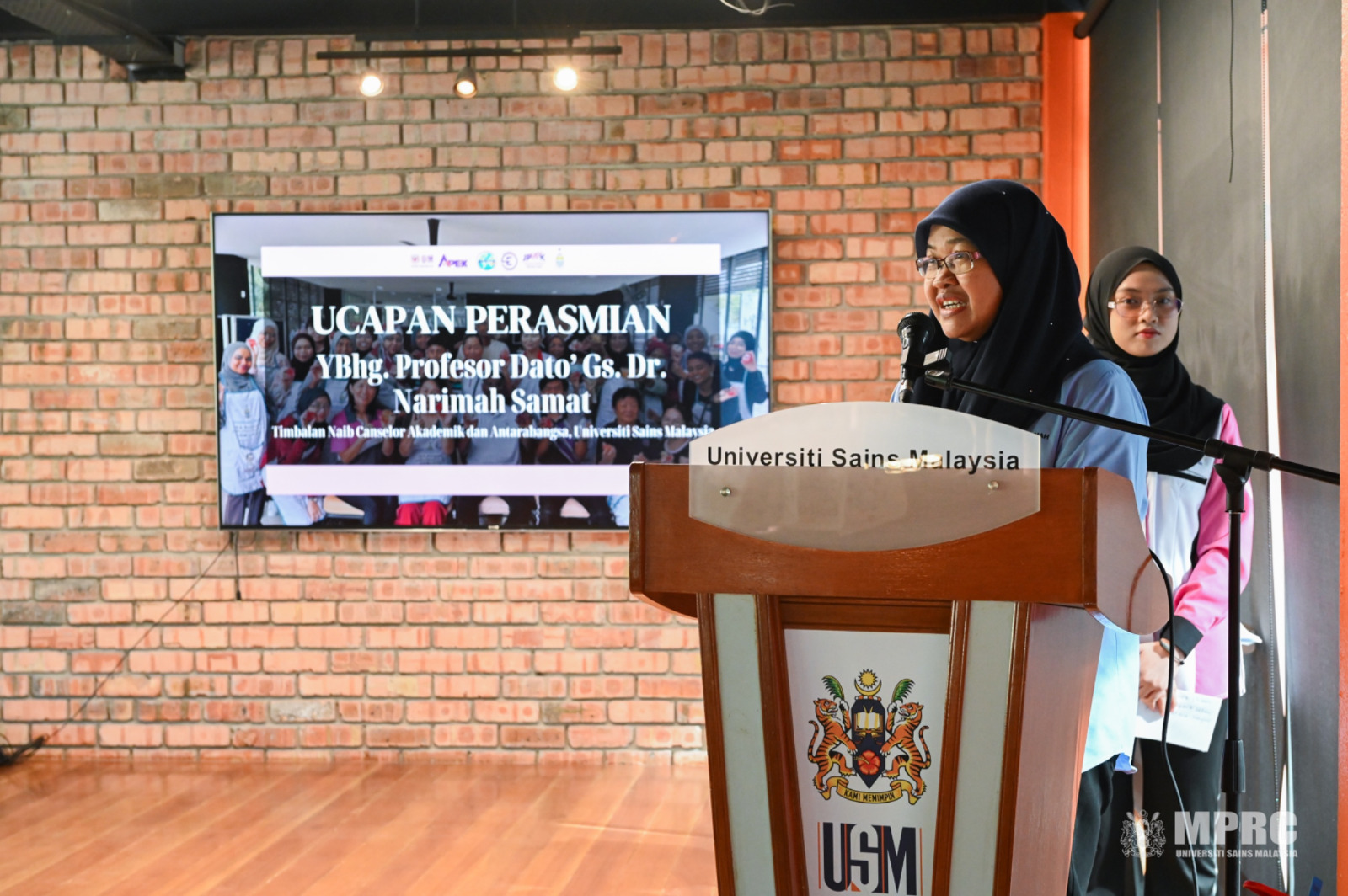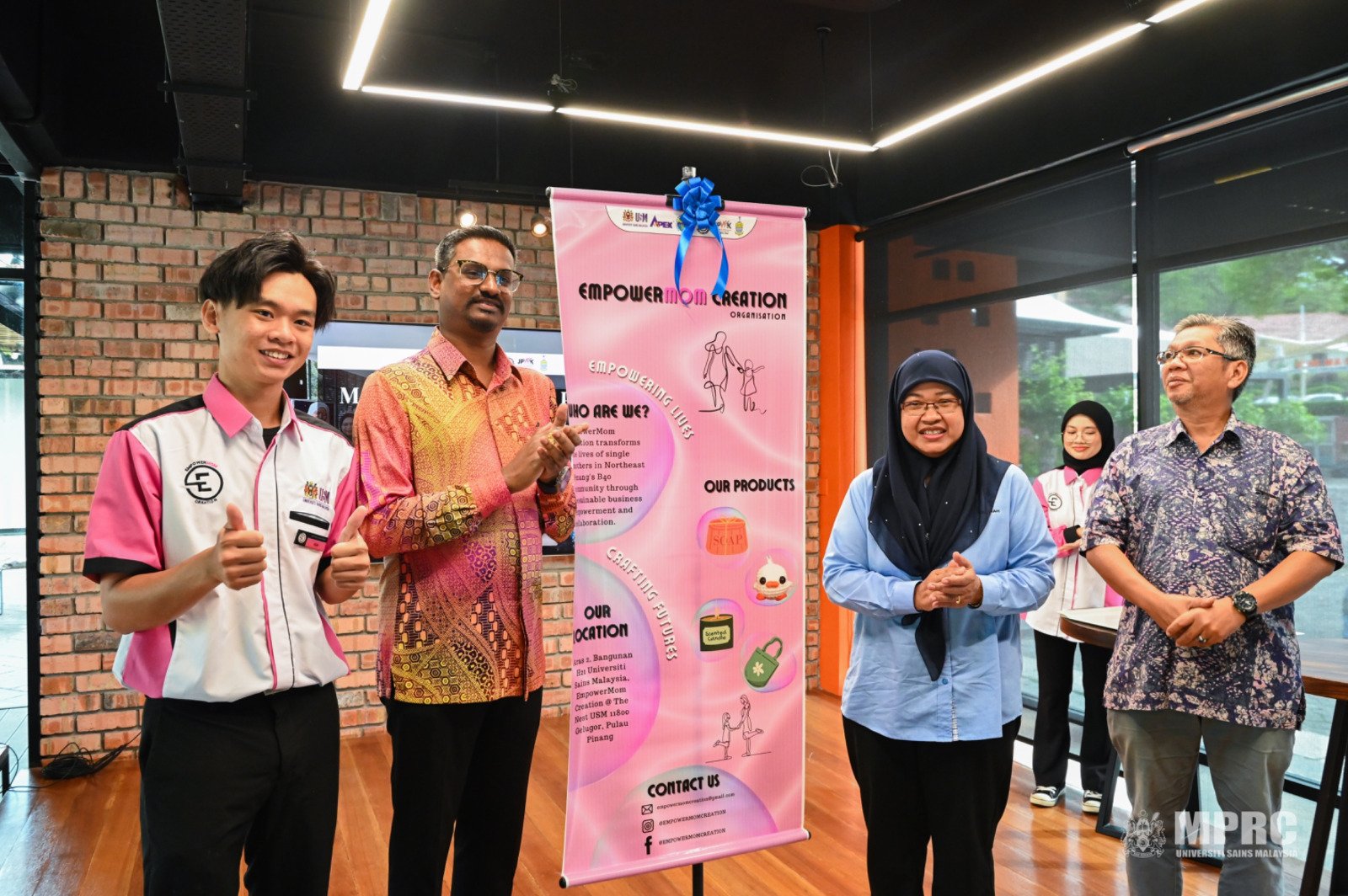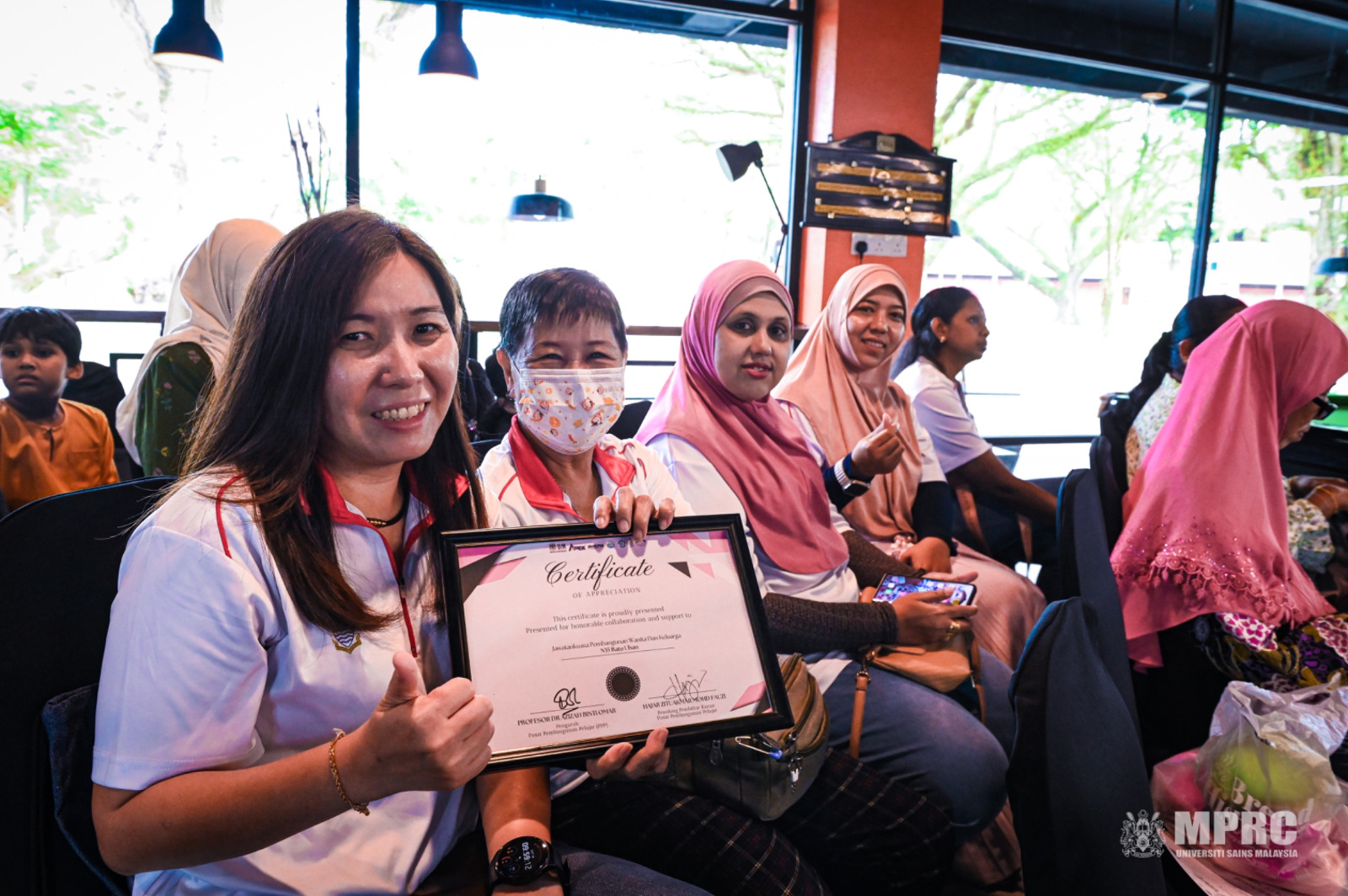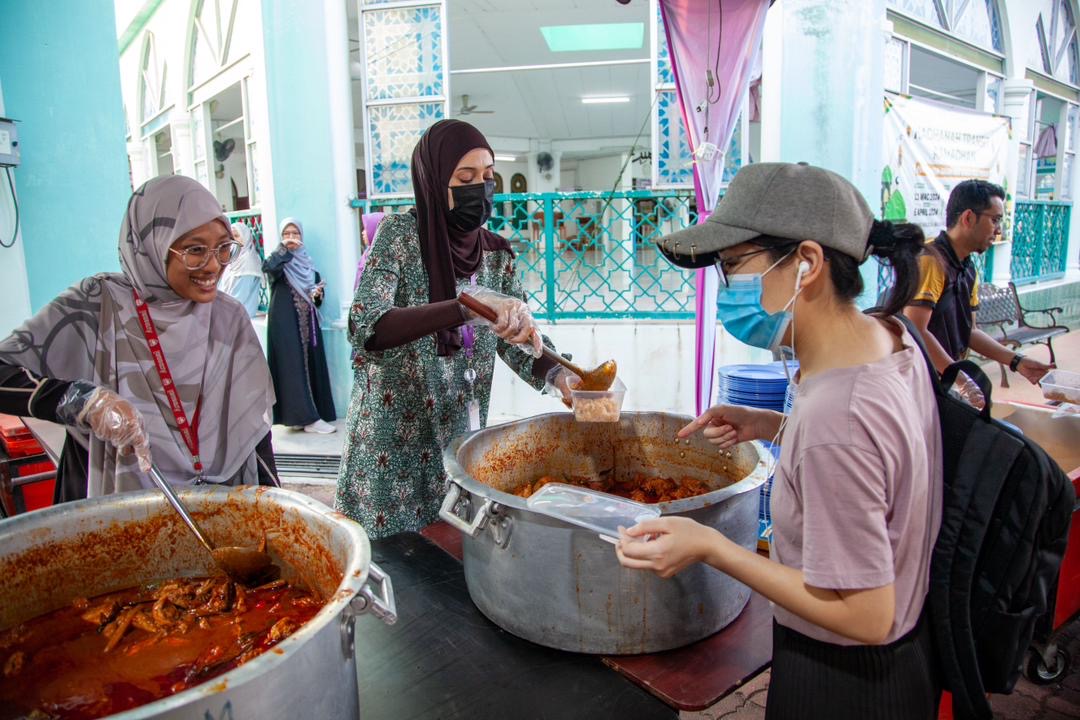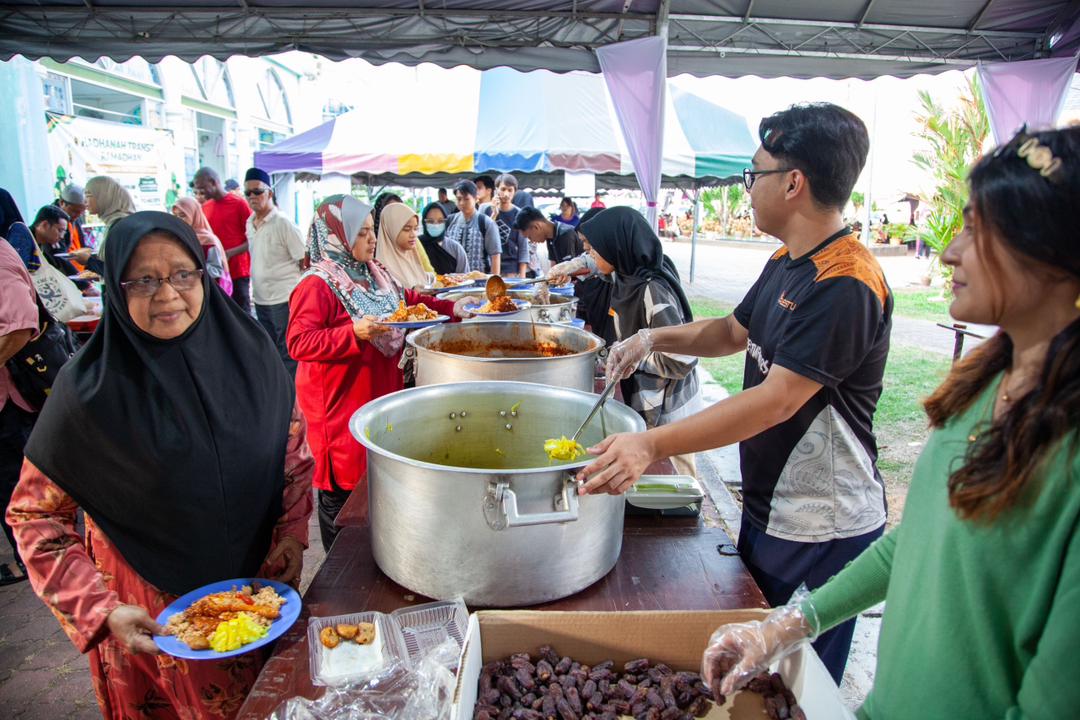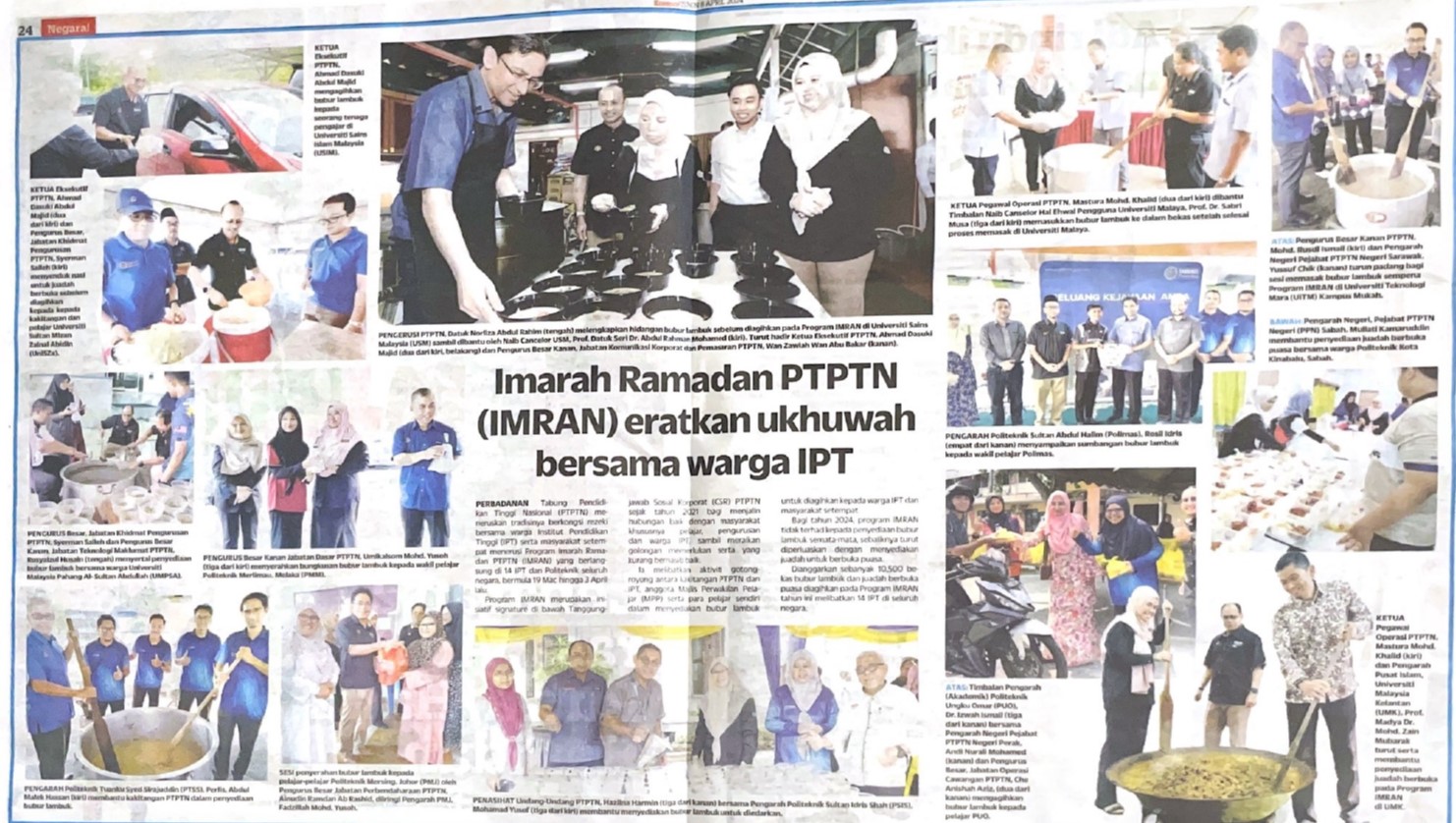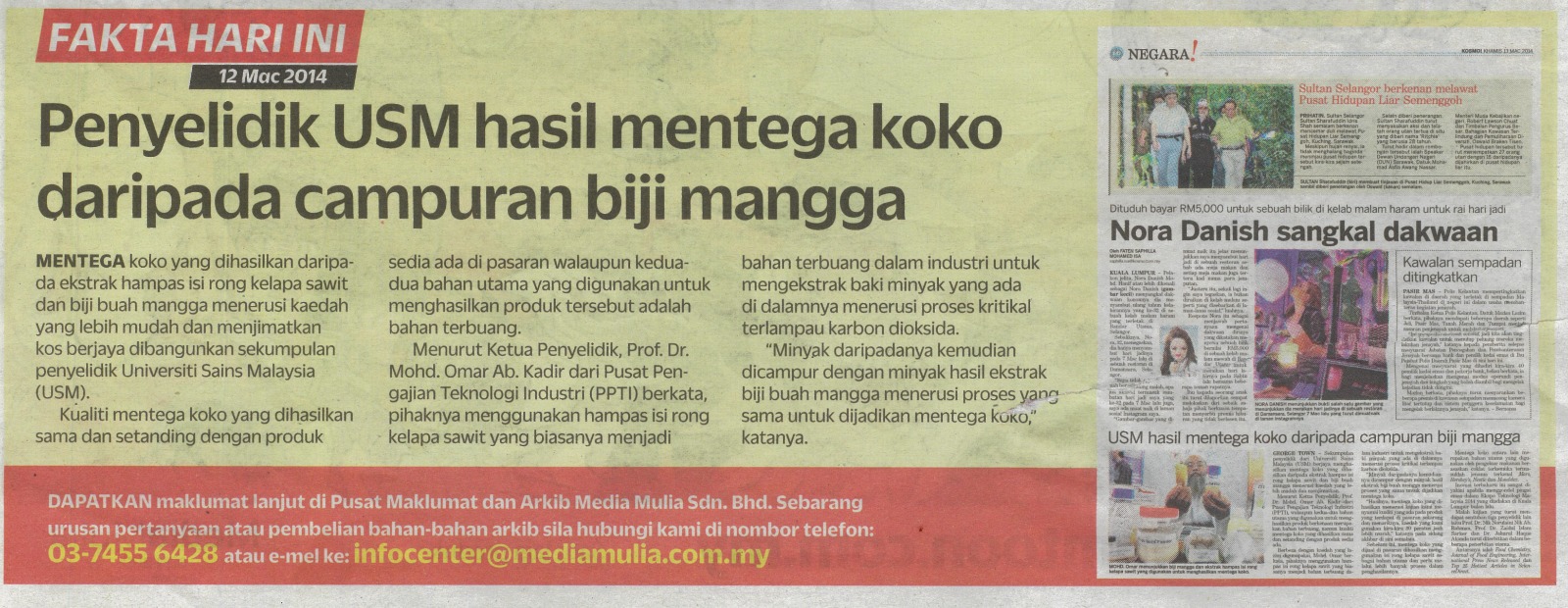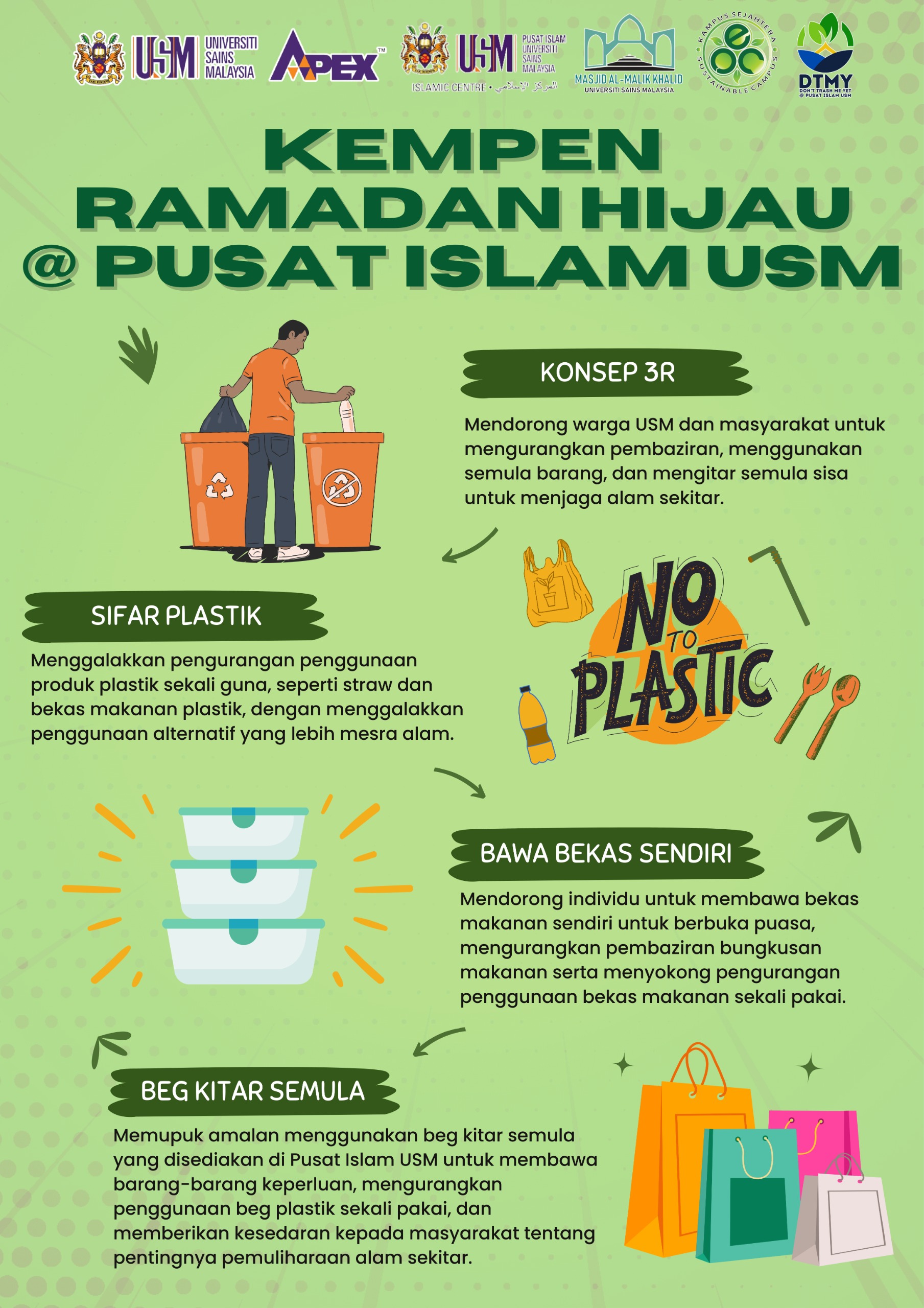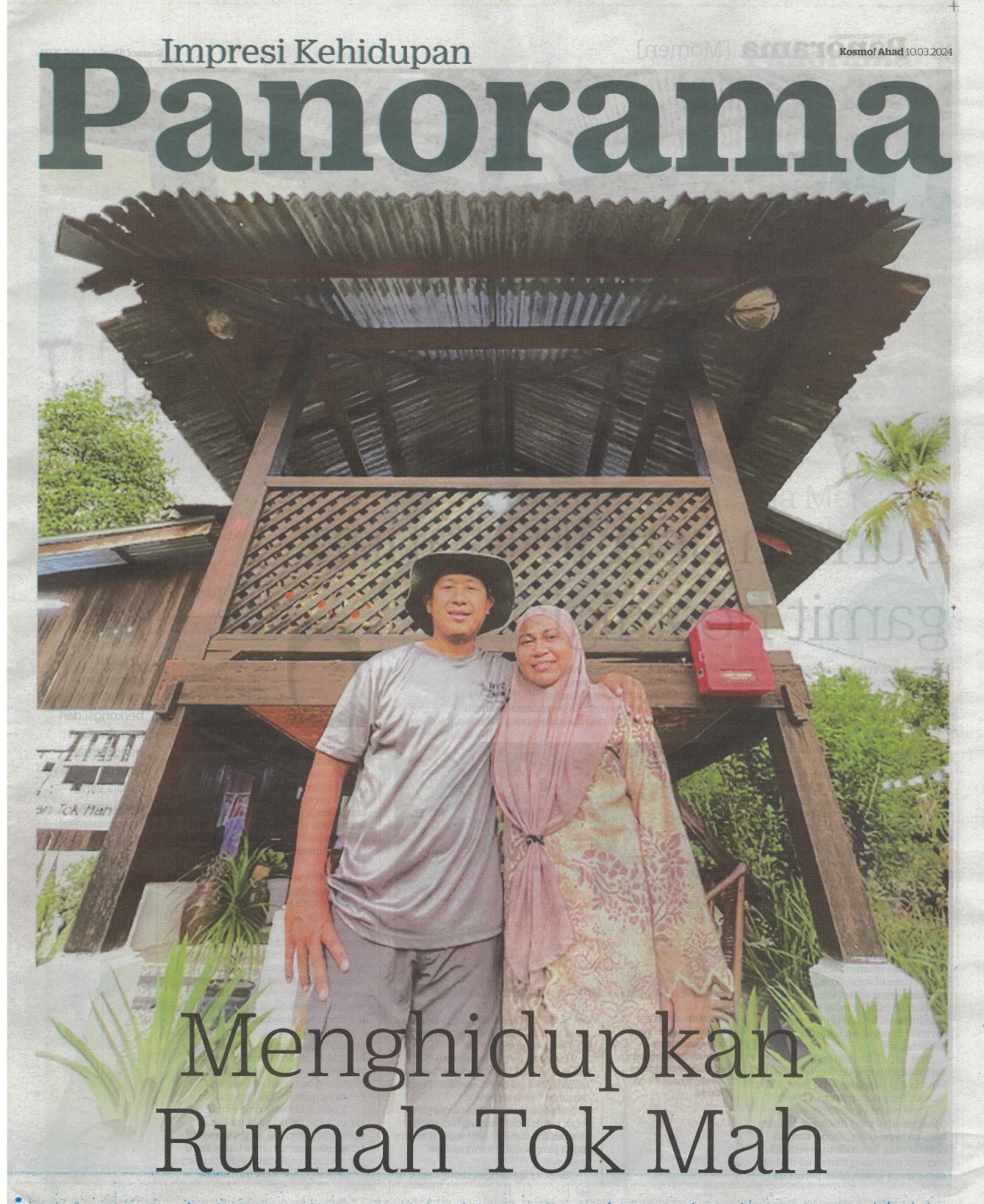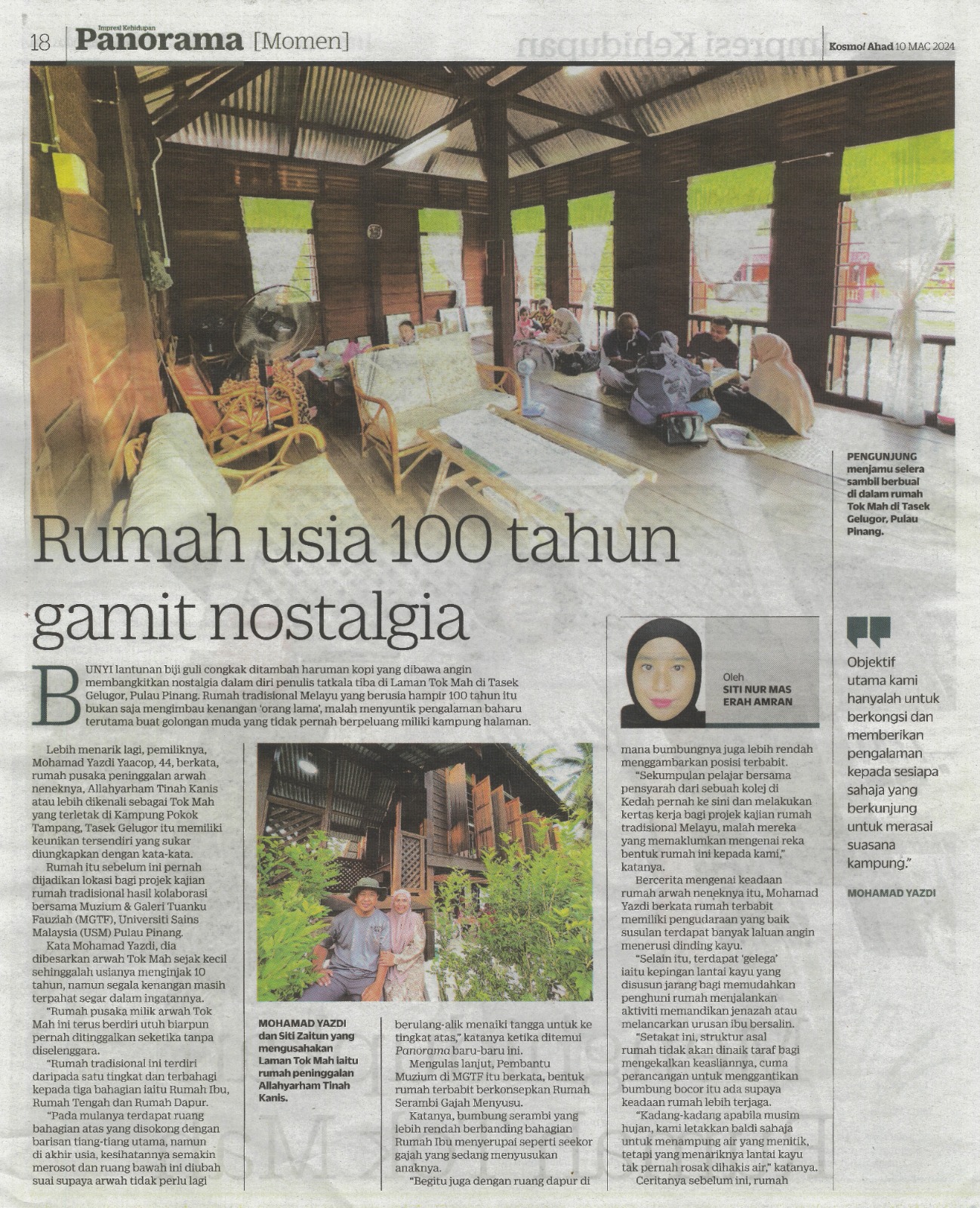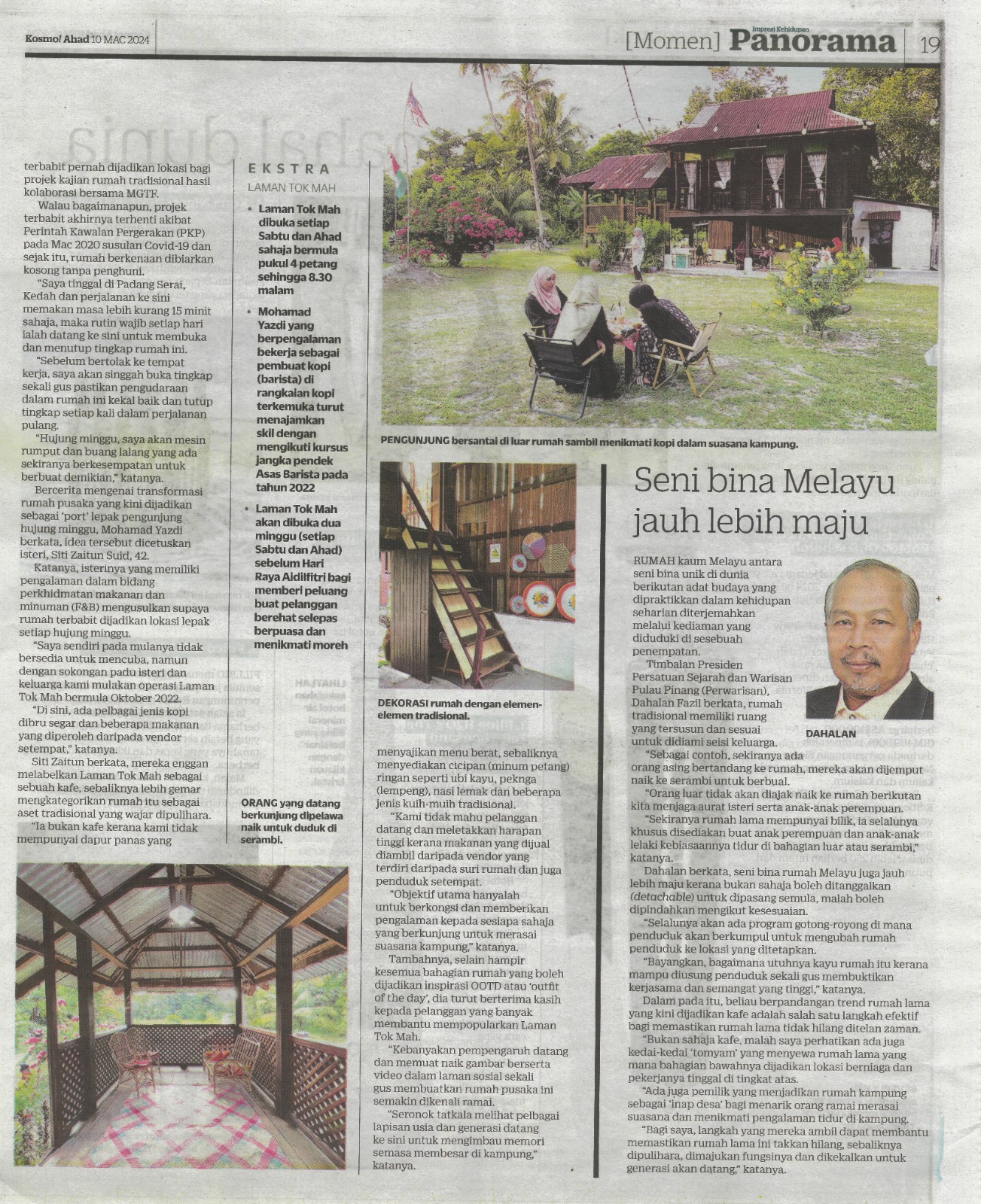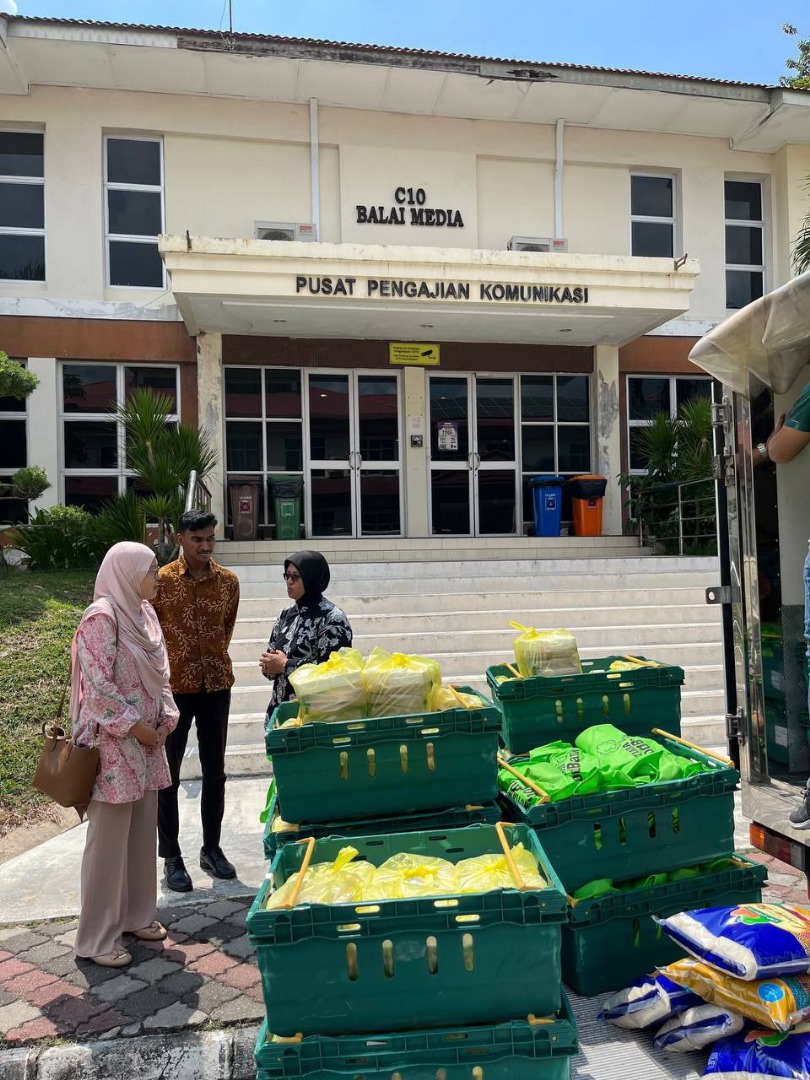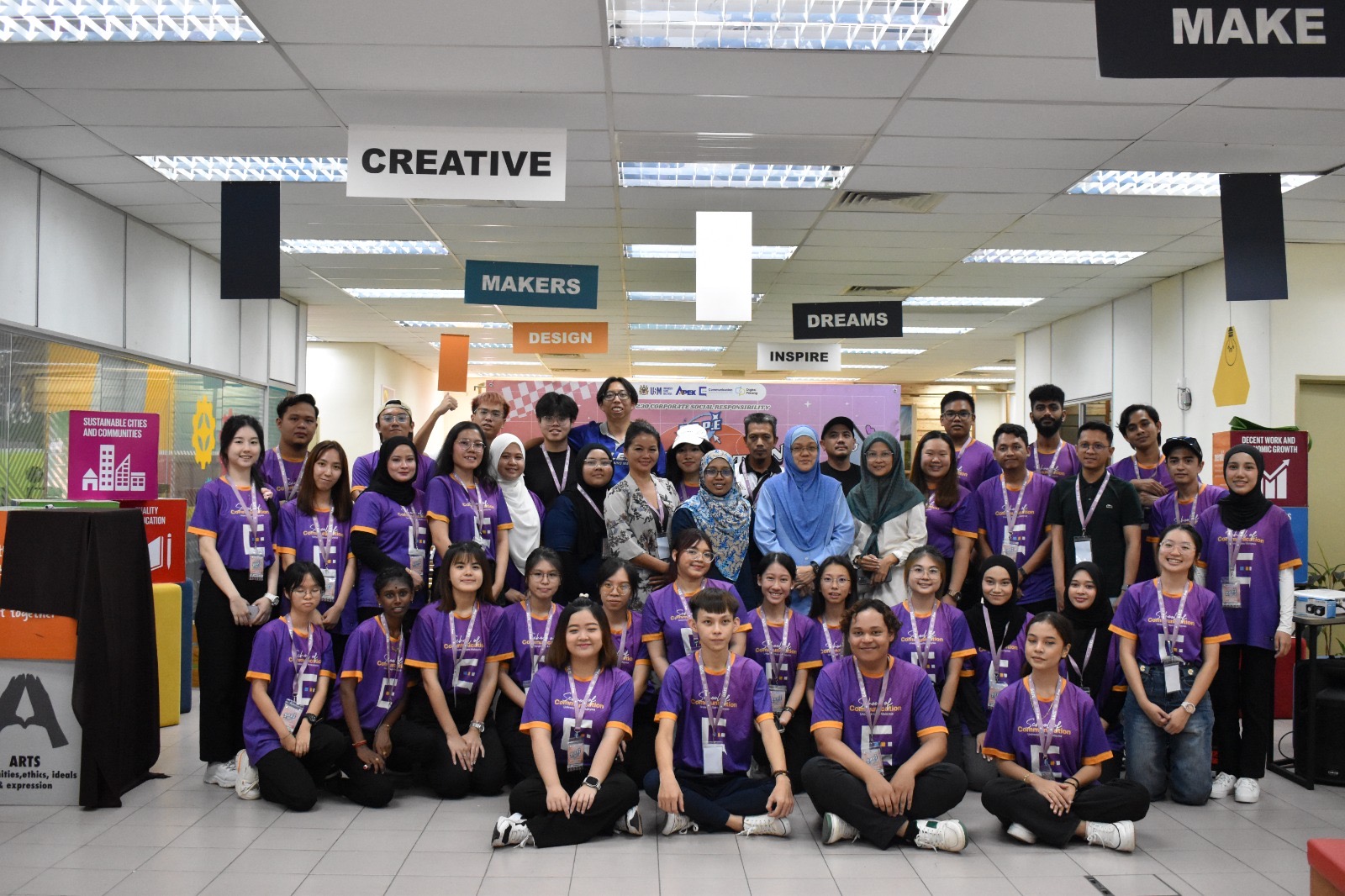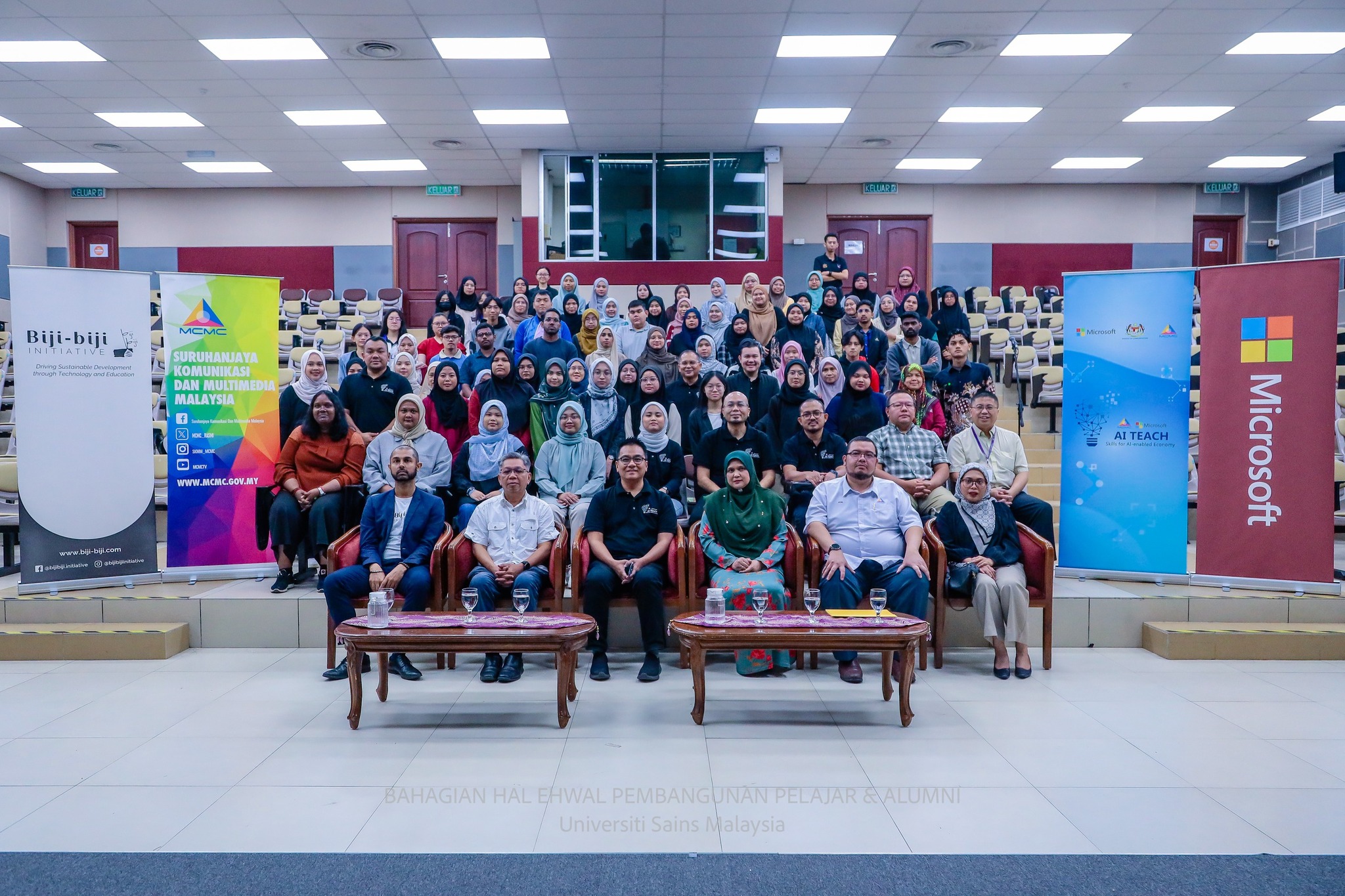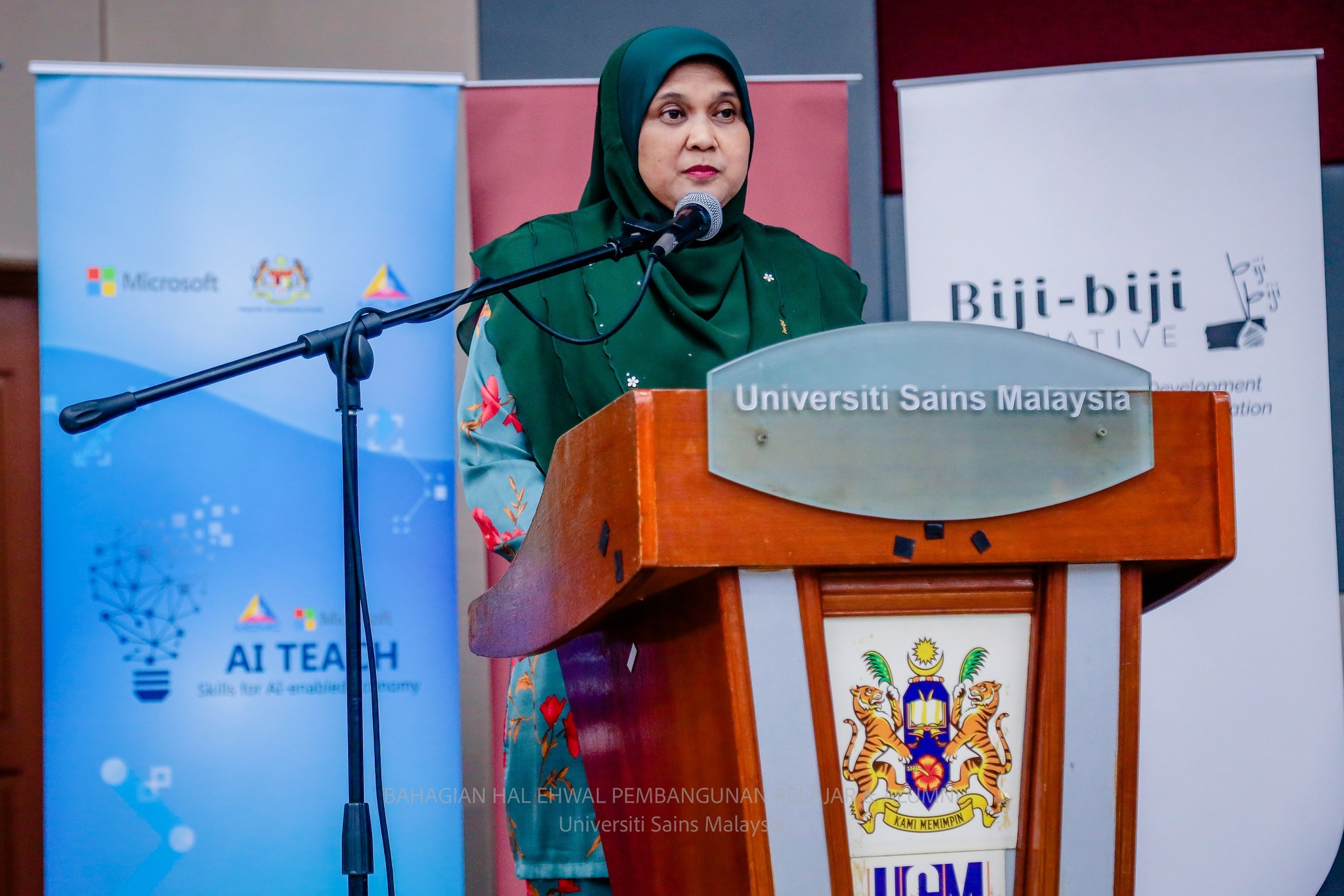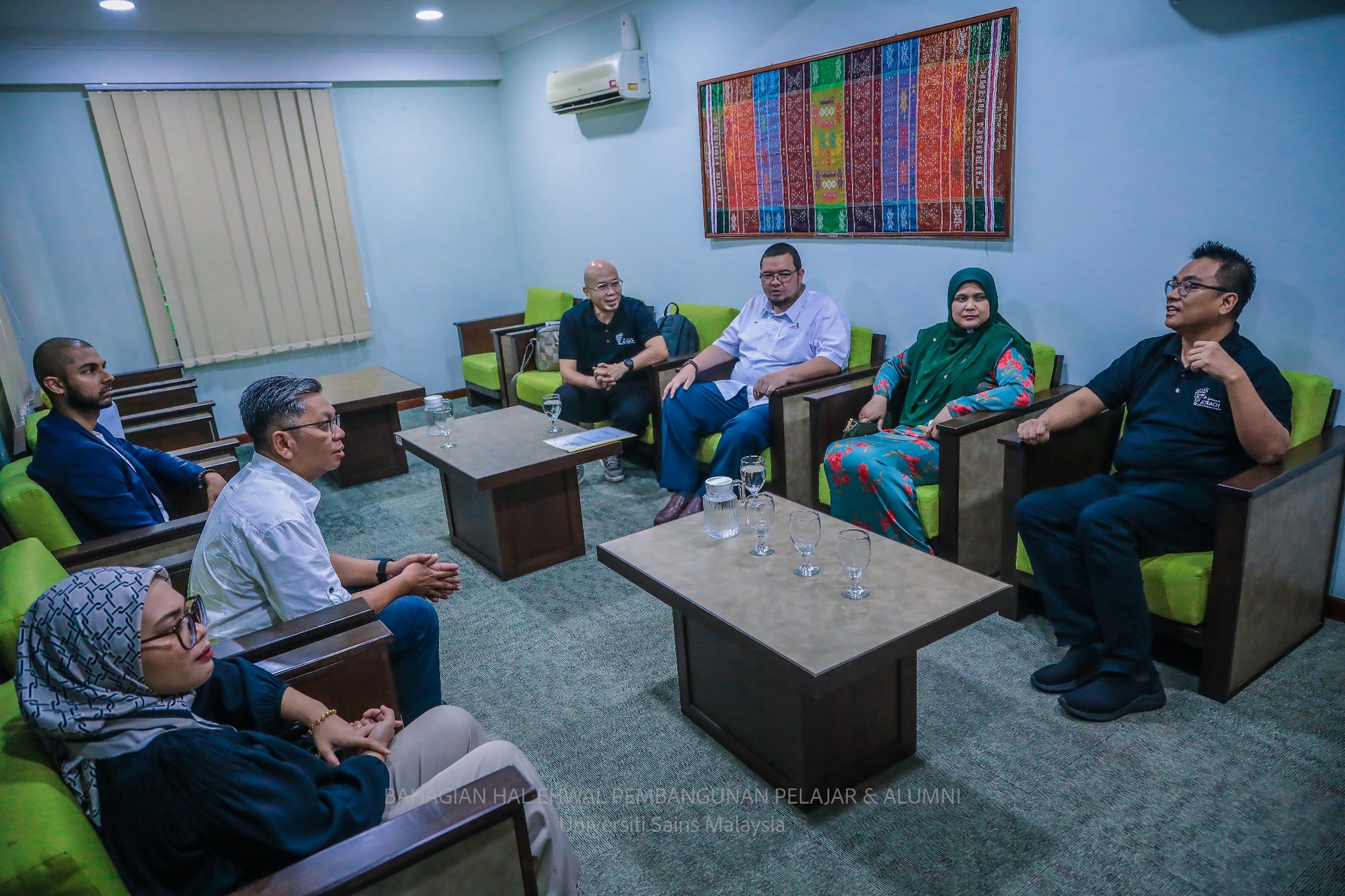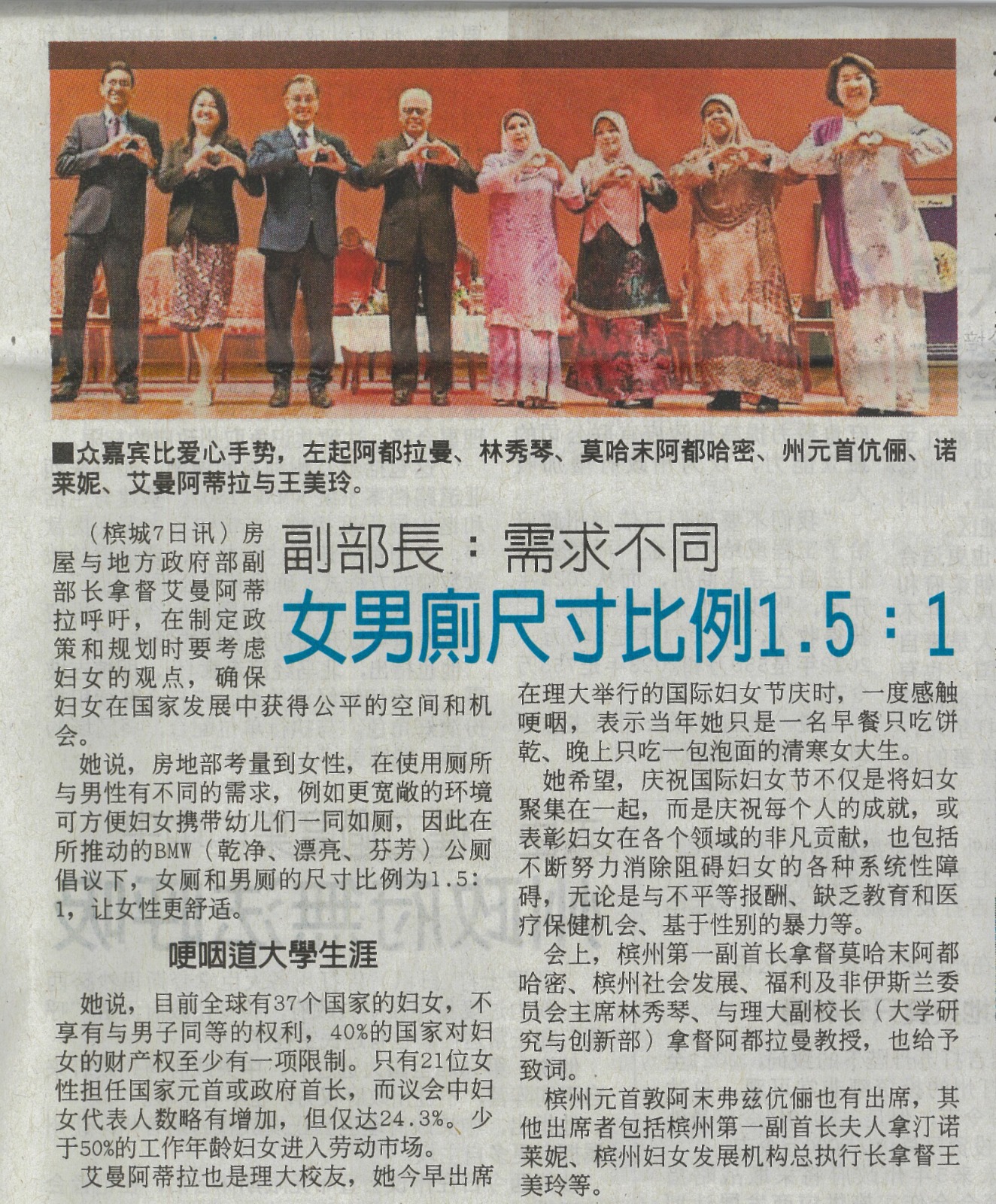
USM PENANG, 10 April 2025 – The Universiti Sains Malaysia (USM) Centre for Marine and Coastal Studies (CEMACS)recently welcomed a visit from the AICHR (ASEAN Intergovernmental Commission on Human Rights) and ASOEN (ASEAN Senior Officials on Environment) delegates from various countries.
The visit/tour on 8 April by the 30-member delegation coincided with the discussion regarding the commitment by CEMACS on issues such as climate resilience and regional cooperation.
The discussion is hoped to acknowledge the interconnections between climate change, human rights, poverty eradication and sustainable development.
The Chairman of AICHR, Edmund Bon Tai Soon in his welcoming speech, thanked members of AICHR and ASOEN who have participated in this tour of CEMACS, in the effort to learn more about coastal biodiversity.
Beyond Research: CEMACS’ Commitment to Marine Conservation and Community Well-being

The Directorof CEMACS, Professor Dato’ Dr. Aileen Tan Shau Hwai,stated that CEMACS, initially known as Muka Head Marine Field Station in 1978, was set up to conduct research on marine science.
Being the oldest marine research centre in the country, it has been a hive of marine science activities, more so after it was rebranded as Centre for Marine and Coastal Studies (CEMACS), and involving postgraduate students and researchers when it established in 1991.
“With expertise in seagrass and coral reef conservation, ocean acidification studies and climate resilience research, CEMACS also provides quality skills to excel in career and life, focusing on poverty and for living communities to achieve a better life,” she said.
“Unlike other marine research centres, our focus is not only about publication, but also to foster the practice of marine conservation and preservation as the coastal life may face extinction due to climate change and marine mining,” she added.
CEMACS provides research laboratory in monitoring the exodus of growing coastal livestock such as mollusks, hard corals, starfish, clams, oysters, seagrapes, abalone, starfish, mantis shrimps and echinoderm (sea urchins and sea cucumbers).
Aileen further said, CEMACS is looking at sustainable food security measures in shaping the non-feed aquaculture, as part of holistic food-based nutrition interventions to address the issue on food security.
This is due to the increasing demand for food and living space in alternative modes of food production, to ensure the availability of nutritious foods as part of healthy living and sustainable lifestyle.

JellyGo apps
Moreover, CEMACS had successfully launched a project ‘The Jellyfish Project’ in Penang and created a digital application (apps) called ‘JellyGo’ with the main aim to monitor and identify harmful jellyfish population especially at Penang beaches. The apps is available for download in Apple Appstore and Google Playstore.
“JellyGo application works to track and monitor jellyfish population in Penang beaches, that would enable users to upload and alert other users,” said Aileen.
Regional Hub for STEAM Education
Besides research, CEMACS is also committed to serving the regional community as an educational hub focusing on Science, Technology, Engineering, Arts and Mathematics (STEAM) education.
CEMACS is opening its doors to any institution and members of the public having the interest to learn about various natural ecosystems such as tropical forests, rivers, coastal rocky and sandy shores, and ocean ecosystem.
Community Engagement – Improving Livelihood
As part of its community involvement project, CEMACS has successfully assisted Pak Su, an oyster farmer whom later obtained a gold medal under the National Entrepreneurship Award.
From being someone who was affected by poverty and has no stable income to support his family, he was later trained by CEMACS and provided with skills and knowledge of farming oysters, which has led him to perform excellently, and being able to supply oysters to hotels, restaurants and wholesalers.
One of the delegate members then inquired on whether the success is only scalable in Malaysia, and Aileen responded by saying that there are currently about 15 communities around Malaysia, in addition to some on the Borneo side.
“Other smaller engagements include with communities in Hong Kong, Indonesia, and China, where we also built a hatchery. We do engage with communities in different countries if they seek our assistance,” Aileen said.
Aileen then explained on the challenges faced by CEMACS throughout the years. “I feel that there is a generation gap in knowledge and also in the governance, as it is very hard to engage and approach,” she said.

Hands-On Encounters with Ocean Life
A representative from the Ministry of Environment/Environmental Protection Agency Indonesia, Duwik Kurnianti later shared her experiences in CEMACS, which she found to be very interesting, as she has gained more understanding about another aspect of the environment by looking, learning and touching the different types of sea organisms like mollusks, echinoderm, crustaceans and hard coral.
“I get to see and touch a real giant clam, which weighs about 800 kg and real sea turtle shells and body parts of other oceanic organisms displayed at the CEMACS museum,” said Anna Michelle Lim from the Department of Environment and Natural Resources.
Keeping Up with the Flow
With changing times and evolving issues, CEMACS is directing its research activities and studies to keep up with the flow.
In line with the United Nations (UN) Sustainable Development Goals (SDGs) especially SDG 14 ‘Life Below Water’, CEMACS aims to apply research findings to community needs and is moving towards undertaking “green” mariculture and addressing future food security issues.
Text: Rebecal Armugam, Internship Student from Media and Public Relations Centre, MPRC USM/Editing: Mazlan Hanafi Basharudin/Photos: Mohd Fairus Md Isa & Muhamad Faris Darwisy Mohammad Rafiq
![]()
![]()
![]()
![]()
